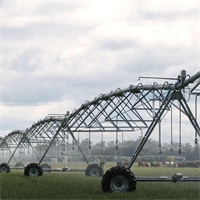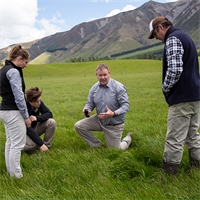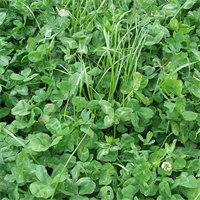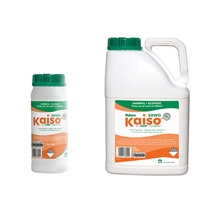01Mar
Autumn Agri-Chemical update
Fodder Crops
Most sprays on fodder beet have been completed. If signs of disease appear, such as rust, powdery mildew, cercosporin, and ramularia leaf spot, we can apply a fungicide.
We now have a choice of two fungicides, Escolta (Cyproconazole/trifloxystrobin) types with a 42-day withholding period, and Custodia (Tebuconazole/Azoxystrobin) with a 28-day withholding period.
Fodder Brassicas crops will need spraying with insecticides if insect pressure gets too high. Damage is starting to show with both white butterfly and diamond back moth caterpillar being seen. We should be looking at applying an insecticide. We should also apply an aphicide to control any aphids present at the same time, rather than having to come back later. We can either use older chemicals that will kill every insect, or we can use the IPM (Integrated Pest Management) approach using newer chemistry that targets the pests and leaves the beneficial insects alive.
Autumn sown crops.
For crops planted after harvest we need to look at drilling with either Diazinon granules or Chlorpyrifos granules to help control grass grub. Both Diazinon granules and Chlorpyrifos granules (Suscon Green) are in plentiful supply this season.
If there is a lot of trash, we need to look at slug control, especially if the crops have been irrigated. We have a range of slug baits available in store. The key to slug control is baits per square metre. We need to make sure we control slugs and insect peats when we drill crops to ensure successful establishment of the new crop. If we don’t, by the time we realise we have a problem, it is too late, and we will have to re-drill the crop. It is cheaper to control the pests than to have to buy new seed and re-drill.
Depending on the crop, we need to look at the use of pre-emergence sprays to control weeds going into the winter.
Wheat:
If hairgrass is a problem, we must use Firebird or Invado, the choice of which depend on our other weeds present, as Firebird also has diflufenican in it as well. These chemicals are often used with Asset (Terbuthylazine) for control of a greater range of weeds. If wild oats are a problem, Avadex extra can be used pre-sowing to help control them. This is an alternative if you have problems with controlling wild oats later. We also have Sakura, a new herbicide from Bayer for controlling autumn germinating ryegrass, vulpia hairgrass, annual poa, soft brome, and barley grass; plus it also gives suppression of ripgut brome, prairie grass and wild oats. This can be used instead of Firebird or Invado.
Barley:
Again, Firebird or Invado can be used as above to control weeds pre-emergent.
Ryegrass:
To control a range of annual grasses and other weeds, Ethofumesate is used pre-emergence in both perennial and annual ryegrass.
Grass grub control in pasture
This is the time of year to control grass grub in pasture using Diazinon liquid. This must be applied to short pasture and, for best results, needs to be washed in by at least 12mm of rain before it dries on the foliage. This season we have plenty of stock.
Gibberellic acid
We can increase the grass growth on pasture by 30-60% within a 3-week period by using gibberellic acid during the autumn period. For this to be successful, there must be sufficient fertility and moisture to support this extra growth. It is often applied with liquid nitrogen to assist this. Both granular and liquid versions of gibberellic acid are available. It needs to be applied 3-5 days after grazing. We have liquid nitrogen available in 1,000L pods to go with the gibberellic acid.
With all the above scenarios, talk to your Ruralco representative to plan the best course of action.
Related

Long-held features on local calendars for showcasing the district’s agricultural strengths, reinfor...
Read More

Based at Lowburn on the banks of Lake Dunstan, the Lawrence’s have been part of the district’s win...
Read More

There’s no doubt that farmers have a lot of challenges ahead of them – particularly in keeping up ...
Read More

Cultivation and drilling of pasture and autumn sown crops are underway with the long-term forecast t...
Read More

MOP where it comes from, importance for legumes. Typical application rates and timings. SustaiN K, S...
Read More

The cereal aphid (Rhopalosiphum padi) may be tiny in size, but as the main vector for one of the mos...
Read More